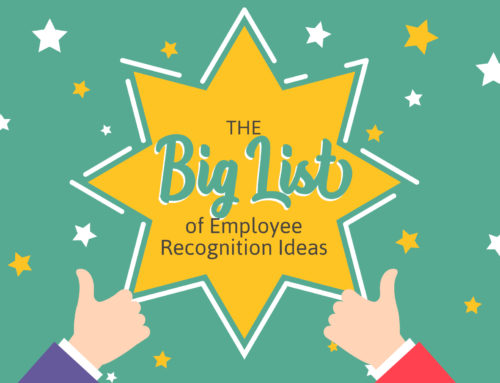It’s a trend we’ve seen for a while: In 2016, healthcare costs are expected to rise 6.5 percent, far surpassing the rate of inflation. With no end in sight, employers are working intently to find ways to reduce these costs.
At the top of the list is employee wellness. Poor health costs the U.S. $1.8 trillion annually, and 70 percent of those costs are a result of preventable conditions. It’s estimated that two-thirds of Americans are overweight and that 80 percent of employees work in sedentary jobs. In addition, 78 percent of Americans describe their job as stressful, costing U.S. businesses $300 billion dollars a year. There’s also smoking, alcohol abuse, and diabetes adding fuel to the fire.
 Because of this, employers are getting creative about employee wellness. In 2014, RSW helped create and implement the Global Wellness Challenge, a new wellness initiative for HP. The annual challenge focuses on a different wellness topic each year, and in 2015 the goal was weight loss. Fitness trackers were distributed to employees in nine countries, and teams tracked their physical activity and weight online over the course of six weeks. Employees were tasked to collectively “walk around the world” in an environment of friendly competition. 15,000 employees participated in the challenge, and 34 percent of participants lost weight, collectively walking five billion steps, or 2.4 million miles.
Because of this, employers are getting creative about employee wellness. In 2014, RSW helped create and implement the Global Wellness Challenge, a new wellness initiative for HP. The annual challenge focuses on a different wellness topic each year, and in 2015 the goal was weight loss. Fitness trackers were distributed to employees in nine countries, and teams tracked their physical activity and weight online over the course of six weeks. Employees were tasked to collectively “walk around the world” in an environment of friendly competition. 15,000 employees participated in the challenge, and 34 percent of participants lost weight, collectively walking five billion steps, or 2.4 million miles.
And Hilton recently launched EAT WELL, a global nutrition initiative. In addition to the introduction of healthier options into employee restaurants, all properties now provide fresh fruit and bottled water around the clock. Plus, a minimum of 30 percent of snacks offered in vending machines are low in sodium and/or sugar. Nutrition awareness graphics are displayed in the back of house at hotels, with messages like “We are what we eat… Eat less sugar. (You’re sweet enough.)”
These efforts are paying off for employers. Studies show that employee wellness programs have a significant impact on the bottom line, including:
- Thirty percent reduction in worker’s comp/disability claims
- Twenty six percent reduction in medical costs
- Twenty eight percent reduction in sick leave
- Eight percent increase in productivity
When you add everything up, it’s estimated that wellness programs save $5.93 for every $1 spent.
It’s a win-win for the employee and the employer. In addition to reduced healthcare costs, these programs create healthier and happier employees, promote a sense of community, and ultimately contribute to a stronger culture, says Chris Boyce, CEO of Virgin HealthMiles. “Creating a culture-first mentality is a critical step for employers when it comes to building a highly engaged workforce,” says Chris. “Employees become much more motivated and productive when they know that their employer cares about their total quality of life.”
Wellness programs are also becoming increasingly important in the areas of recruiting and retention. According to a recent study, nearly nine out of 10 employees say they evaluate wellness benefits when considering an employer, and 45 percent of employees say wellness programs are a factor in their reasons to stay with a company.
So if you’re looking to give your bottom line a shot in the arm and increase engagement, take a closer look at employee wellness.
Sources:
http://fortune.com/2016/06/21/health-care-rising-costs
http://www.webpagefx.com/data/why-your-company-needs-a-wellness-program/
http://www.who.int/occupational_health/topics/brunpres0307.pdf
http://www.forbes.com/sites/work-in-progress/2013/06/11/challenge-2013-linking-employee-wellness-morale-and-the-bottom-line/#f9d3ab7b3dbf
http://www.theihcc.com/en/communities/population_health_and_wellness/virgin-healthmiles-survey-finds-employers-struggle_hhl1uxes.html





